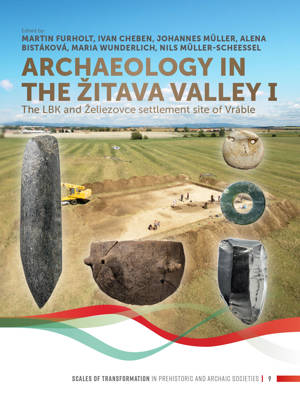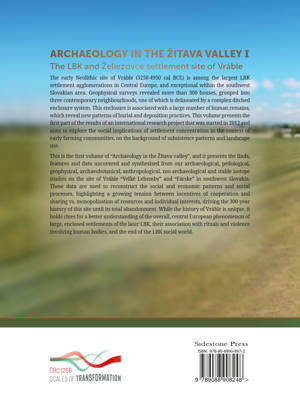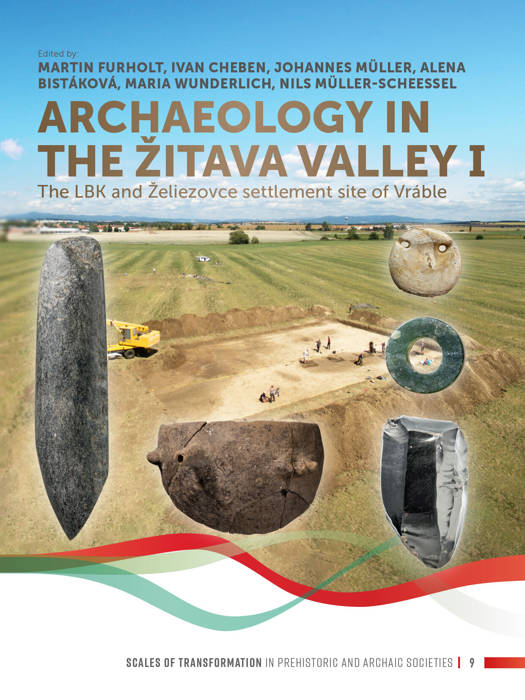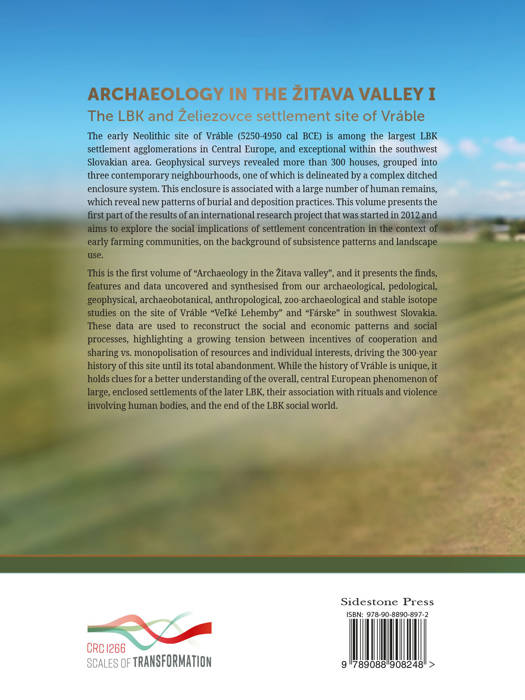
- Afhalen na 1 uur in een winkel met voorraad
- Gratis thuislevering in België vanaf € 30
- Ruim aanbod met 7 miljoen producten
- Afhalen na 1 uur in een winkel met voorraad
- Gratis thuislevering in België vanaf € 30
- Ruim aanbod met 7 miljoen producten
Zoeken


Archaeology in the Zitava Valley I
The Lbk and Zeliezovce Settlement Site of Vráble
€ 70,00
+ 140 punten
Omschrijving
The early Neolithic site of Vráble (5250-4950 cal BCE) is among the largest LBK settlement agglomerations in Central Europe, and exceptional within the southwest Slovakian area. Geophysical surveys revealed more than 300 houses, grouped into three contemporary neighbourhoods, one of which is delineated by a complex ditched enclosure system. This enclosure is associated with a large number of human remains, which reveal new patterns of burial and deposition practices. This volume presents the first part of the results of an international research project that was started in 2012 and aims to explore the social implications of settlement concentration in the context of early farming communities, on the background of subsistence patterns and landscape use.
This is the first volume of Archaeology in the Zitava valley, and it presents the finds, features and data uncovered and synthesised from our archaeological, pedological, geophysical, archaeobotanical, anthropological, zoo-archaeological and stable isotope studies on the site of Vráble "Veľké Lehemby" and "Fárske" in southwest Slovakia. These data are used to reconstruct the social and economic patterns and social processes, highlighting a growing tension between incentives of cooperation and sharing vs. monopolisation of resources and individual interests, driving the 300-year history of this site until its total abandonment. While the history of Vráble is unique, it holds clues for a better understanding of the overall, central European phenomenon of large, enclosed settlements of the later LBK, their association with rituals and violence involving human bodies, and the end of the LBK social world.
This is the first volume of Archaeology in the Zitava valley, and it presents the finds, features and data uncovered and synthesised from our archaeological, pedological, geophysical, archaeobotanical, anthropological, zoo-archaeological and stable isotope studies on the site of Vráble "Veľké Lehemby" and "Fárske" in southwest Slovakia. These data are used to reconstruct the social and economic patterns and social processes, highlighting a growing tension between incentives of cooperation and sharing vs. monopolisation of resources and individual interests, driving the 300-year history of this site until its total abandonment. While the history of Vráble is unique, it holds clues for a better understanding of the overall, central European phenomenon of large, enclosed settlements of the later LBK, their association with rituals and violence involving human bodies, and the end of the LBK social world.
Specificaties
Betrokkenen
- Uitgeverij:
Inhoud
- Aantal bladzijden:
- 546
- Taal:
- Engels
- Reeks:
- Reeksnummer:
- nr. 7
Eigenschappen
- Productcode (EAN):
- 9789088908972
- Verschijningsdatum:
- 8/01/2021
- Uitvoering:
- Paperback
- Formaat:
- Trade paperback (VS)
- Afmetingen:
- 210 mm x 279 mm
- Gewicht:
- 1601 g

Alleen bij Standaard Boekhandel
+ 140 punten op je klantenkaart van Standaard Boekhandel
Beoordelingen
We publiceren alleen reviews die voldoen aan de voorwaarden voor reviews. Bekijk onze voorwaarden voor reviews.











